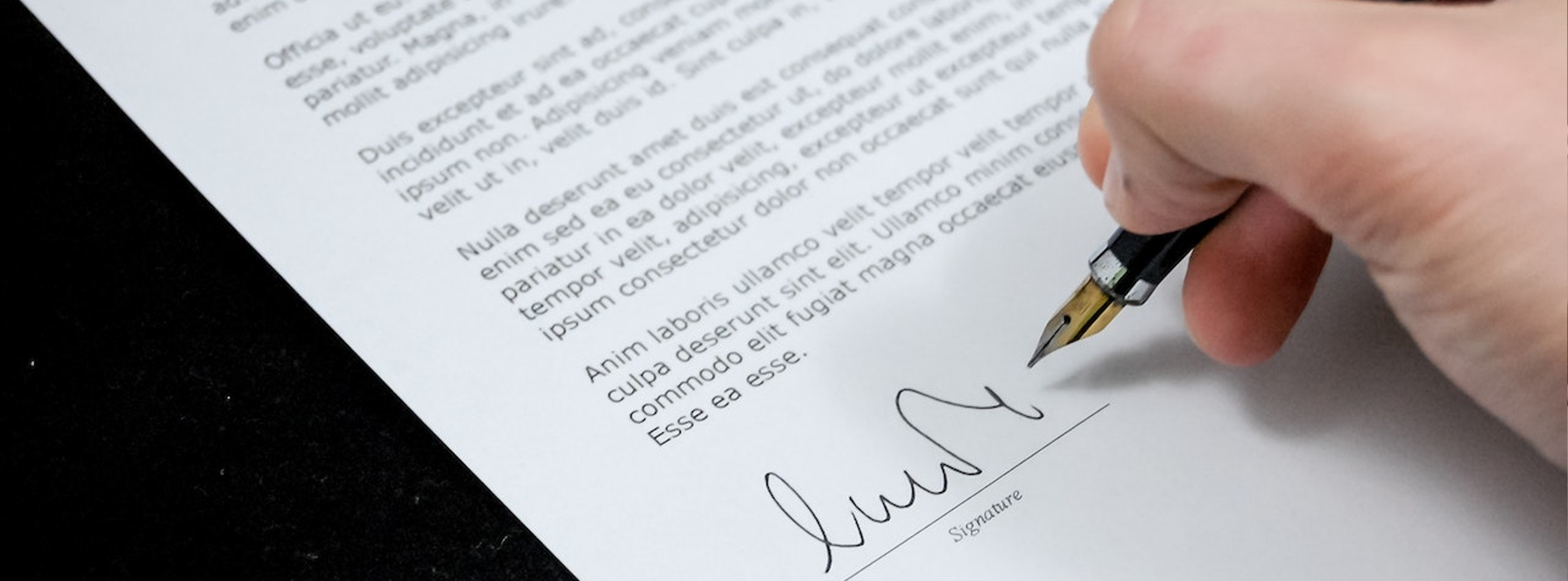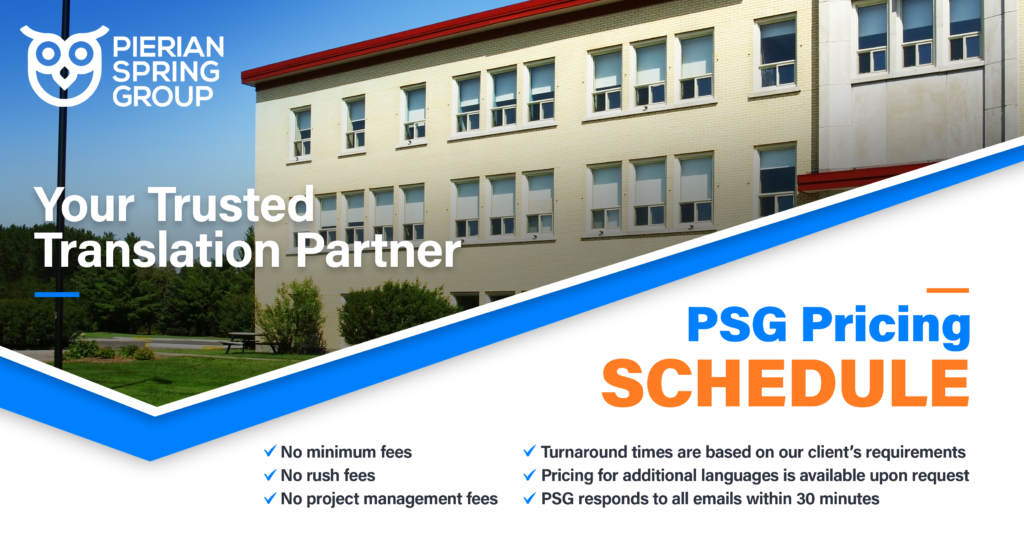Robocalls are automated telephone calls that deliver pre-recorded messages to...
Read More6 Tips for Translating Educational Documents

by: Jim Maziejka

The 6 Expert Tips
Translating educational documents, like diplomas, Individualized Education Programs (IEPs) and transcripts, helps K-12 schools communicate with students, families and the community.
At Pierian Spring Group, We believe in making the education document translation process easy and painless. Here are our 6 tips for translating education documents with an agency.
1. Use a Consistent Tone
Using consistent tone when writing content is essential for effective communication. Consistent language not only helps with the document translation process, but it helps readers and translators understand your message more easily. It avoids confusion and prevents misinterpretations that can occur from using different terms or expressions.
Consistent language conveys professionalism and attention to detail. If the content written contains typos, it depicts a poor reflection on your school district. This level of professionalism instills trust in your intended audience.
2. Consider the Format
When drafting content that will be translated, it is important to consider text expansion for languages. K-12 schools must understand that languages such as Spanish and French can expand up to 20% when translated from English. This means that the language you translate to will take up 20% more space than the English translation.
3. Per Word Basis
While it may not be the only cost factor, document translations are charged on a per-word basis, so be sure to make your words count! The more words you have the more it is going to cost to translate the content.

4. Create a Template
Templates are an excellent way for schools to save money, reducing the costs of translating educational documents. In addition, a template also keeps your content consistent and avoids redundancies.
5. Add Notes to Your Document
Notes help translators. Many schools use parentheses inserted directly into the text or prefixing a comment with the abbreviation ‘TN’ or ‘t/n’ which stands for “Translator’s Note”.
6. Ask Your Translation Agency for Clarification
If you have a question about the translation of an education document, we encourage you to reach out. It may save time and money to ask questions. If needed, there can be revisions earlier in the process to avoid issues further down the line.
Types of educational documents to translate
By translating documents, parents or guardians of students can be more involved in their child’s progress in the classroom. K-12 schools will likely need the following documents translated into other languages.
Student Assessments and Progress Reports
Families of students need to be informed about their child’s education, their specific learning needs, and their progress in the classroom. Translating documents like student progress reports, 504 plans, and IEPs can help parents or guardians that do not speak English fluently understand a student’s performance.
Newsletters
In addition to student documents, there are also translated documents about the school that ELL families will benefit from reading in their native language. These documents include school newsletters, and more.
Student Handbooks
Similar to newsletters, parents and guardians need to understand school documents regarding rules. Translating a student handbook that outlines school rules on attendance, bullying, dress code, and student code of conduct helps families clearly understand policies in their first language.

Student Certificates
For student achievers and graduates, we can translate certificates and diplomas for schools and students. Student certificates for K-12 schools include undergraduate diplomas, high school diplomas, student of the month or year certificates, and other student recognitions.
Working with a Translation Agency
Following this process, we work with K-12 schools to translate their files into official education documents.
K-12 school clients send files to our team for translation via email or through a secure portal.
Each project is assigned a project manager who will prepare the file(s) for translation, determine the deliverable format of the translated file, and select an appropriate translator.
Once the file(s) are prepared for translation, the content is run through our preferred computer-assisted translation tools to determine if any content has been previously translated.
A subject matter expert will perform the first round of translations so the style, tone, and nuances of the educational document are accurately conveyed.
A second qualified translator will review the initial translations to ensure the content properly reflects the meaning of the source content.
The original translator will incorporate any edits from the revising stage and give the content a final proofread for grammar, punctuation, document formatting and aesthetic errors.
Once your school translations have been completed the translated content is merged with the source file format.
A quality assurance review is performed by the designated project manager to ensure all of the client’s requirements.
The translated school files are sent back to the client in the same manner in which they are received and the Translation Memory is updated to capture all new translations.
Final Thoughts on Translating Educational Documents
Having reliable translators for educational documents can make all the difference in the world. Working with a translation agency, K-12 schools can better communicate with students, families and the community members of all linguistic and cultural backgrounds. Translating documents can also support ELL students in the classroom as they learn a new language.
Want to get started on education document translation? Reach out to Pierian Spring Group to get started.

More Translation Insights
IEPs for English Language Learners
IEPs are an important aspect of a student’s growth and...
Read More6 Tips for Translating Educational Documents
Translating educational documents, like diplomas, Individualized Education Programs (IEPs) and...
Read More



